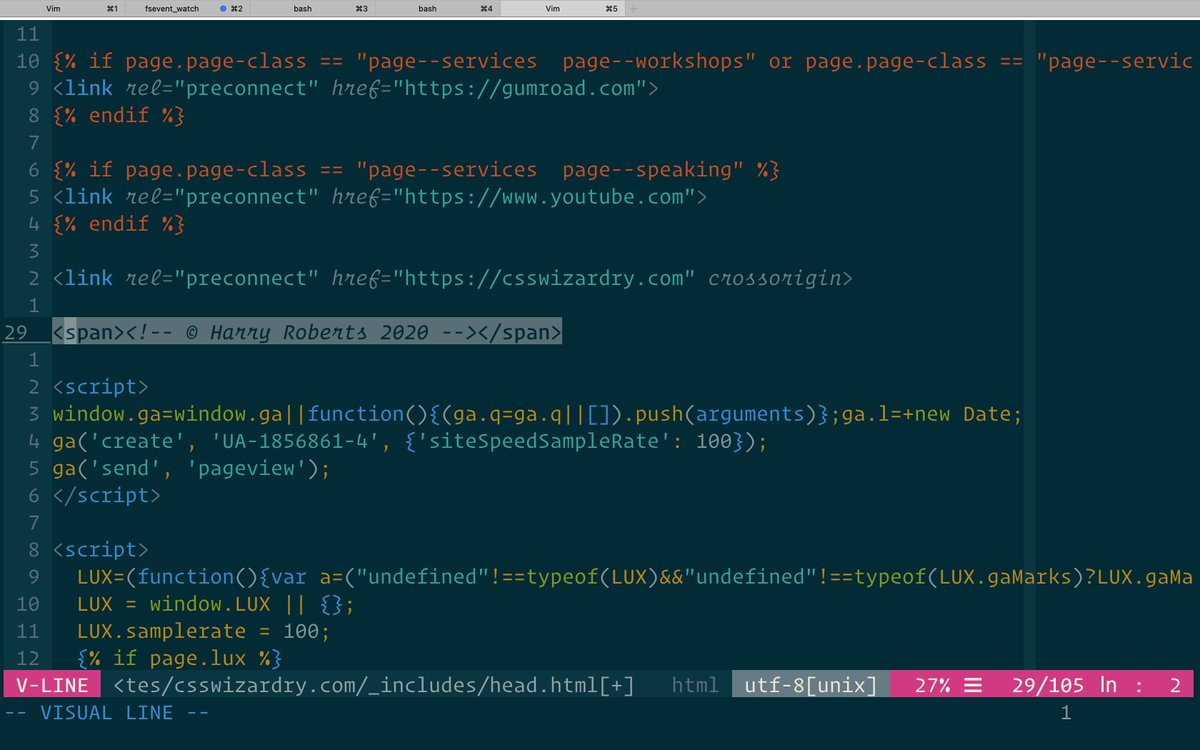1. Allow for fluid image sizing while maintaining aspect ratio governed by width/height attributes
⬅️ With : Without ➡️


⬅️ With : Without ➡️


• • •
Missing some Tweet in this thread? You can try to
force a refresh

![img { max-width: 100%; /* [1] */ height: auto; /* [1] */ vertical-align: middle; /* [2] */ font-style: italic; /* [3] */ background-repeat: no-repeat; /* [4] */ background-size: cover; /* [4] */ shape-margin: 0.75rem; /* [5] */ }](https://pbs.twimg.com/media/F9bvvn-WwAAPwS7.jpg)



















